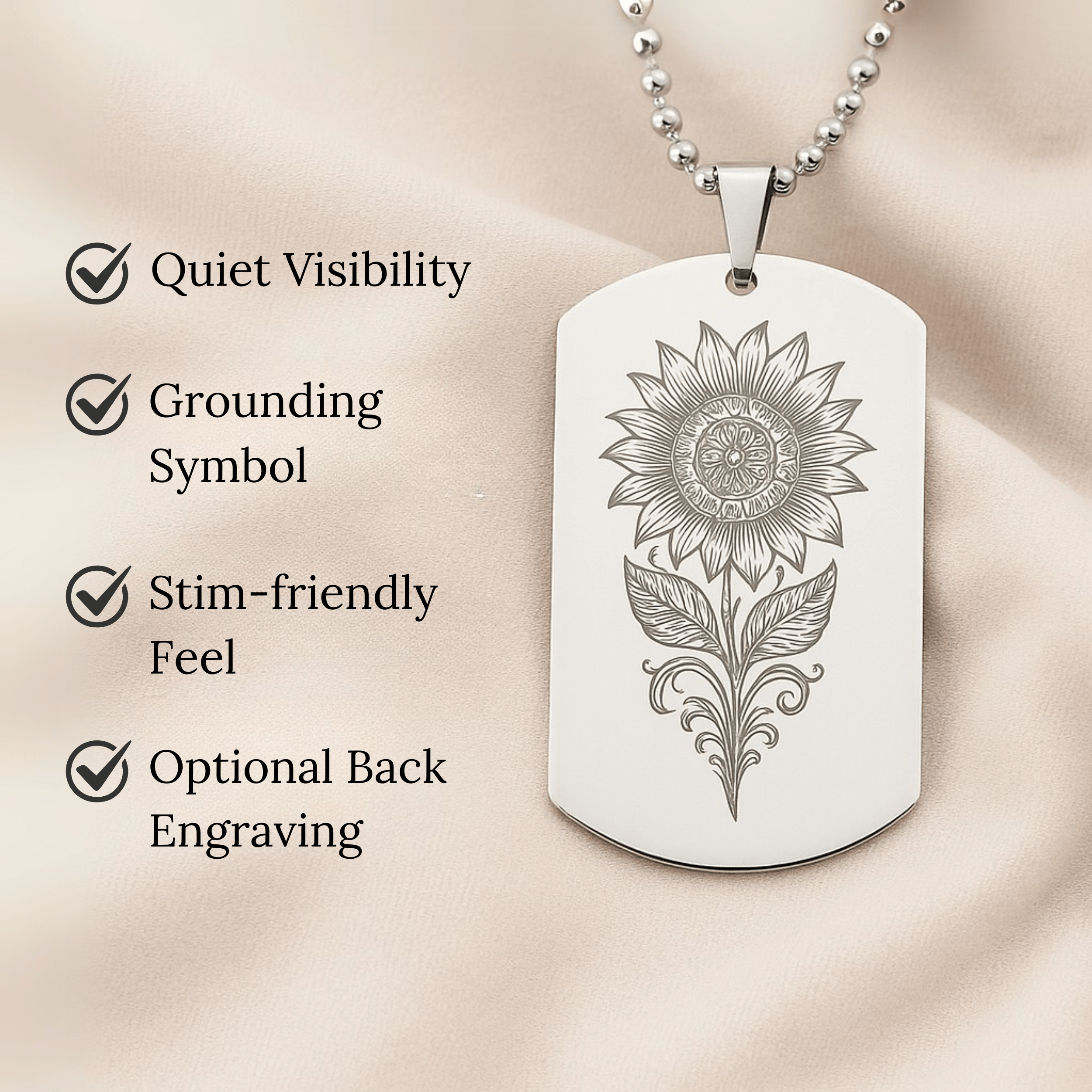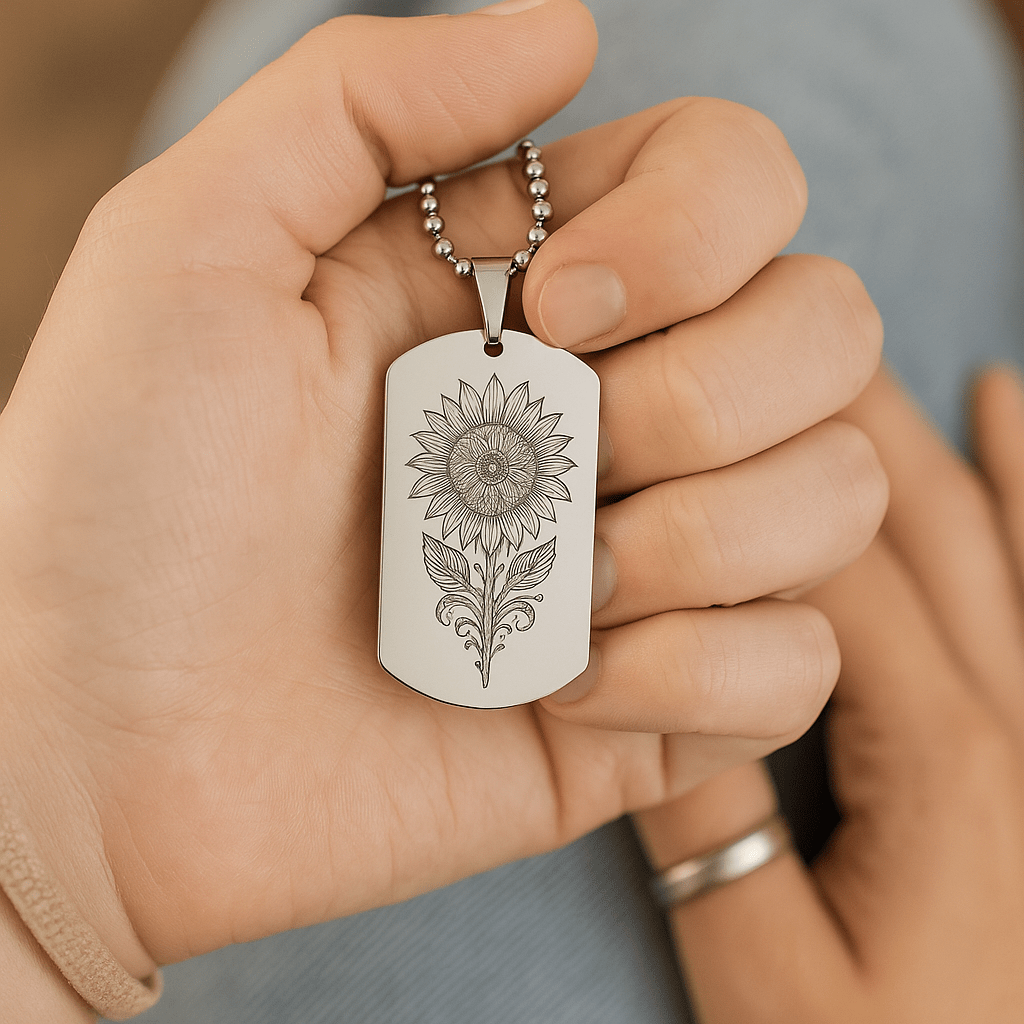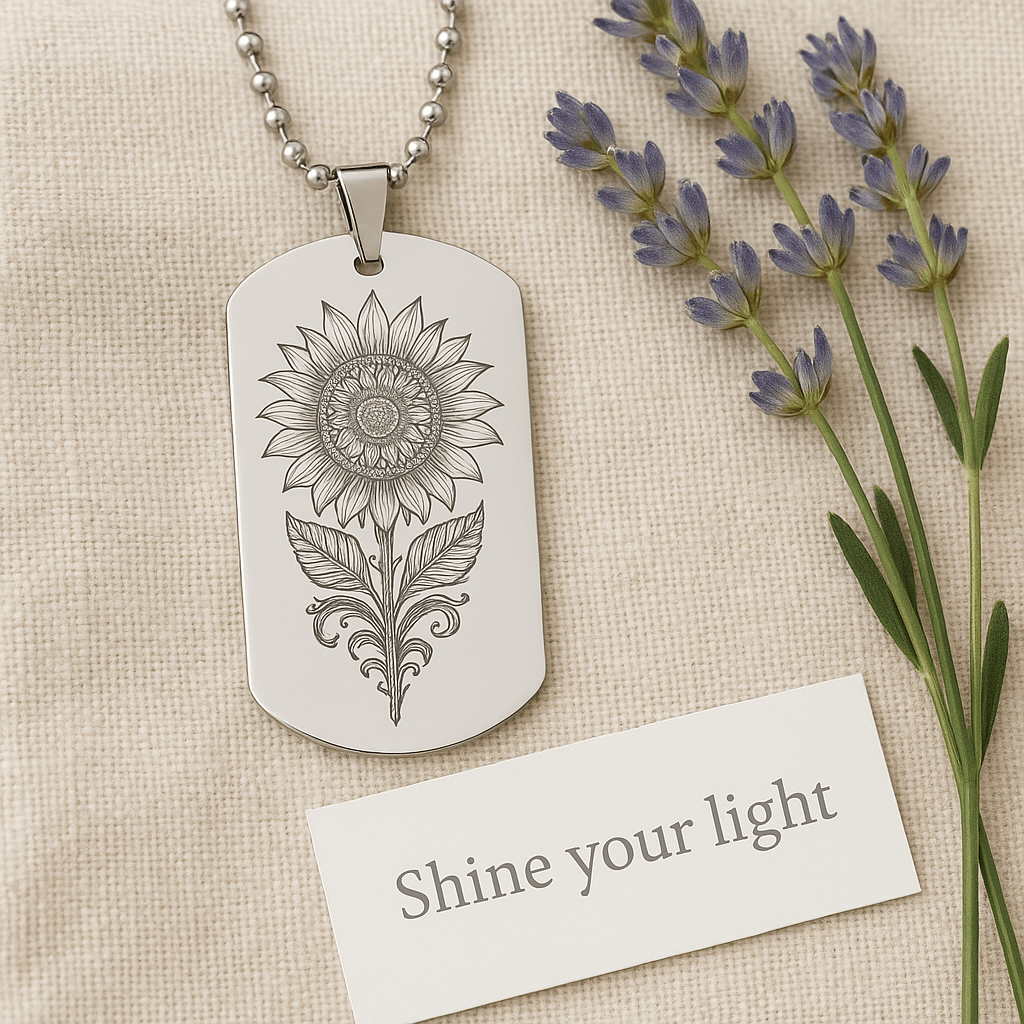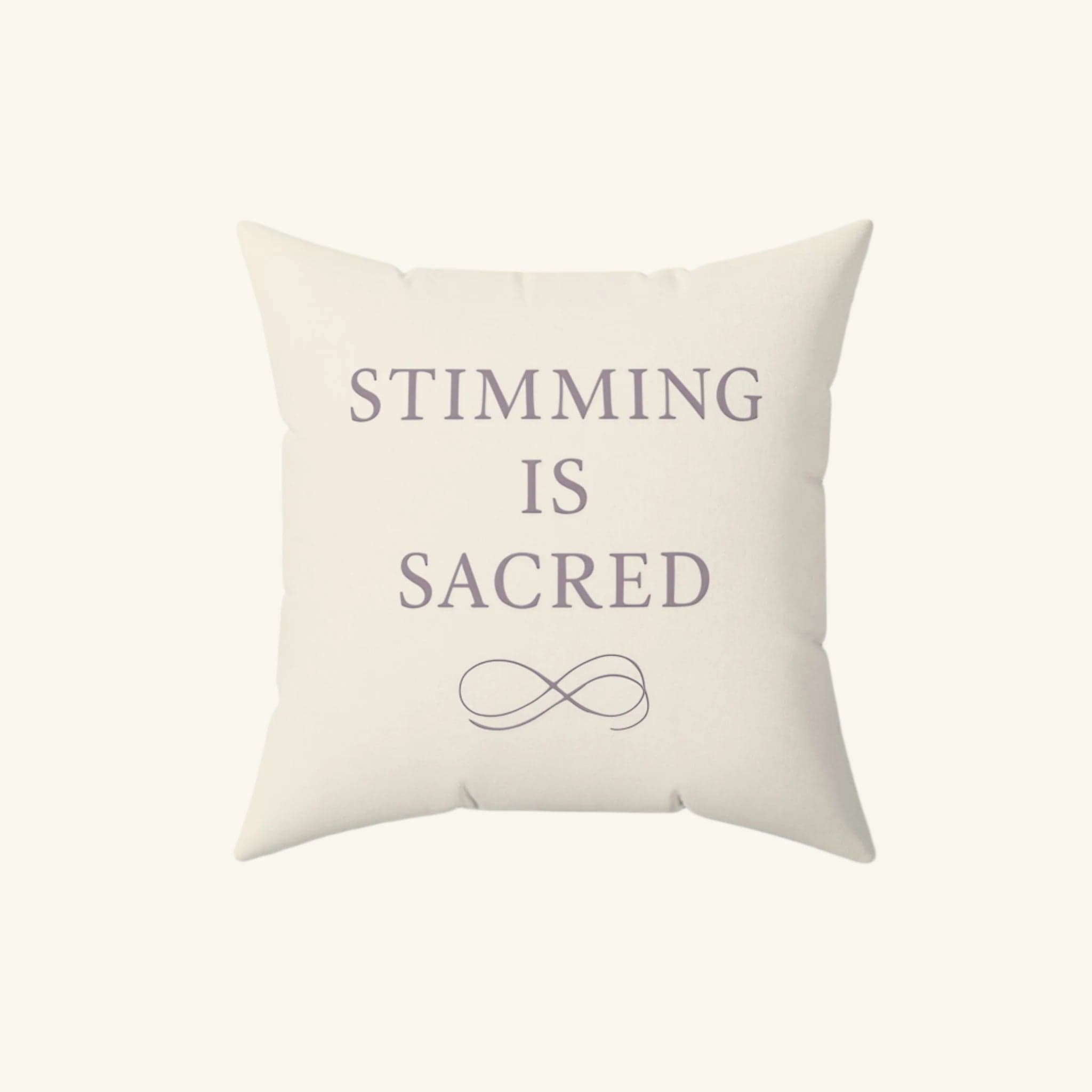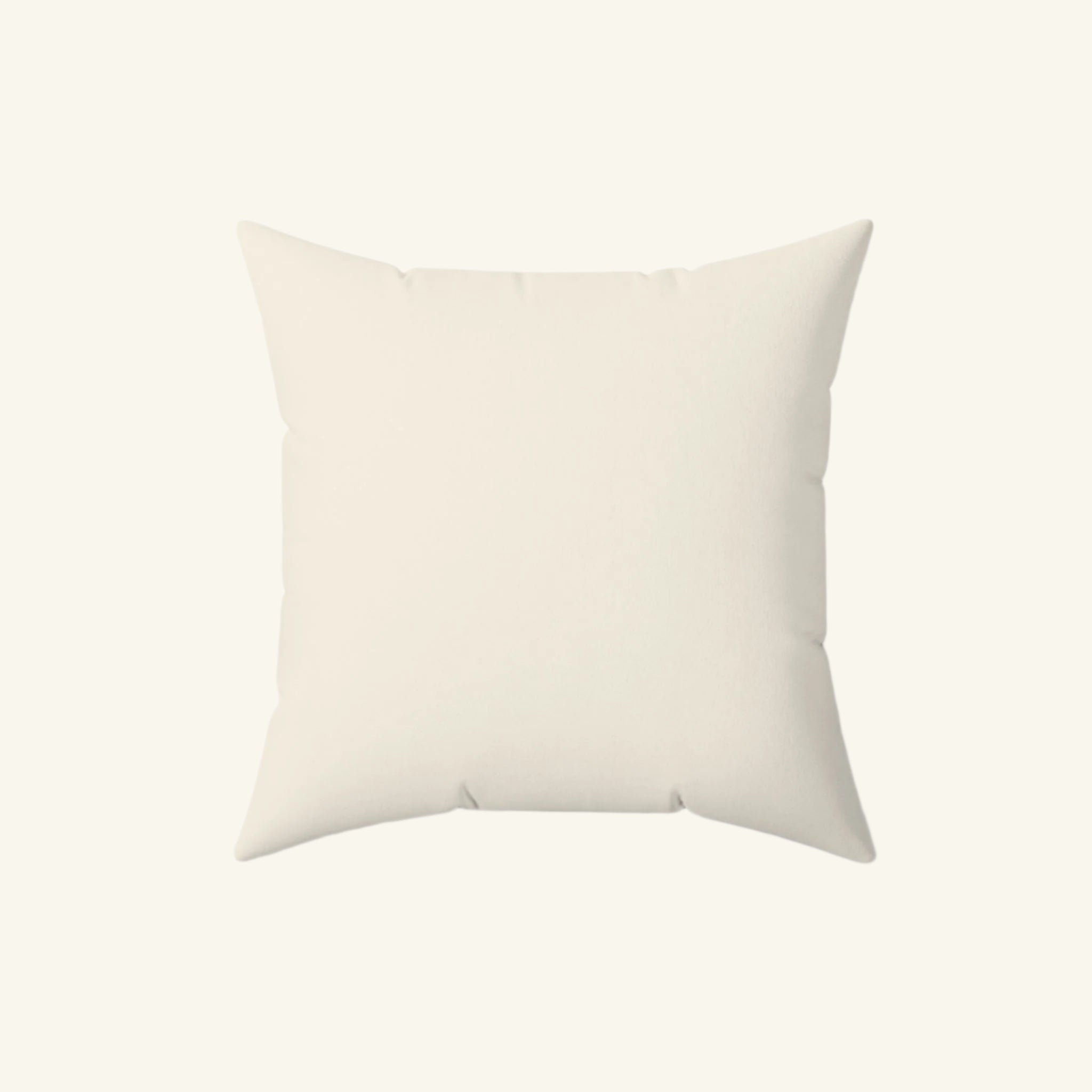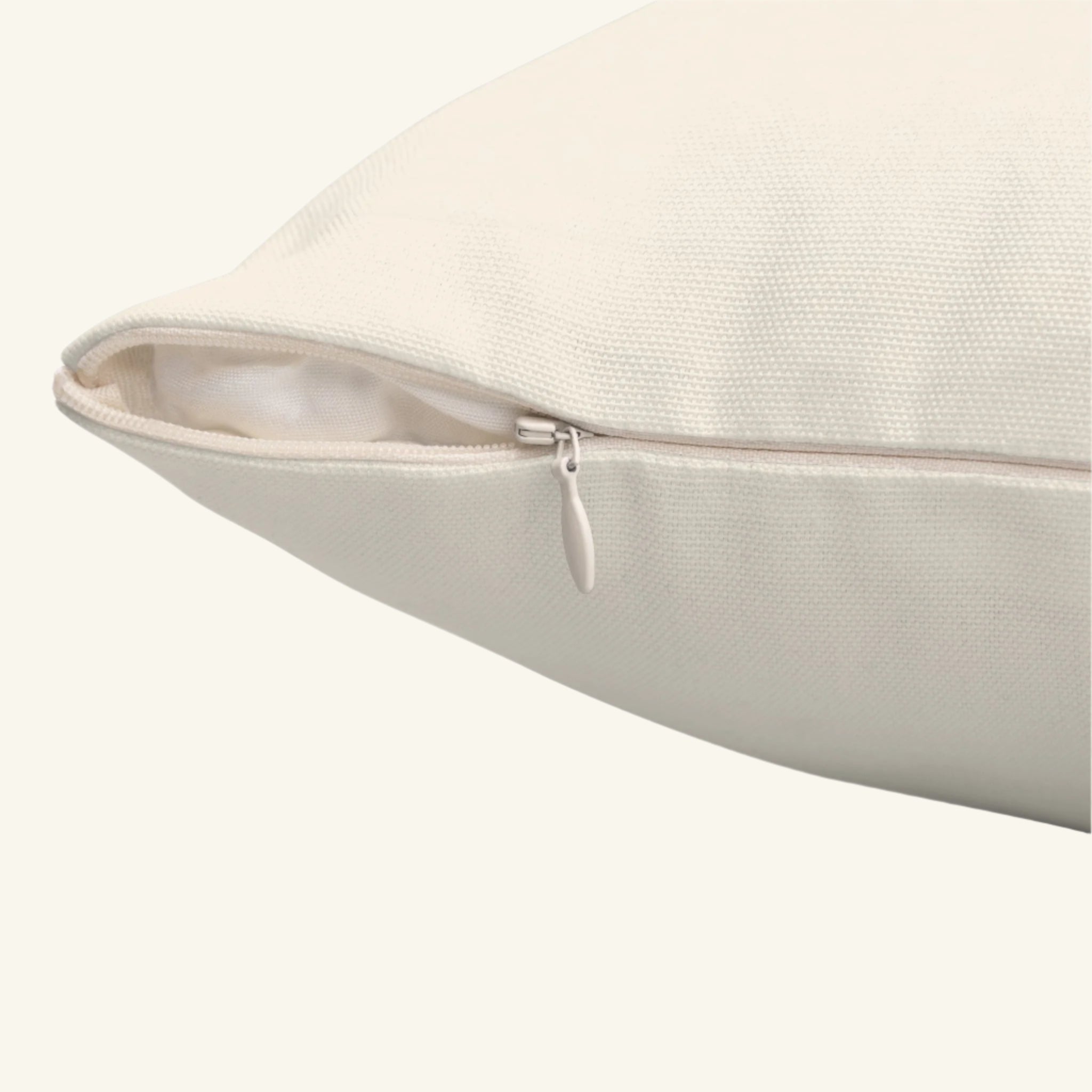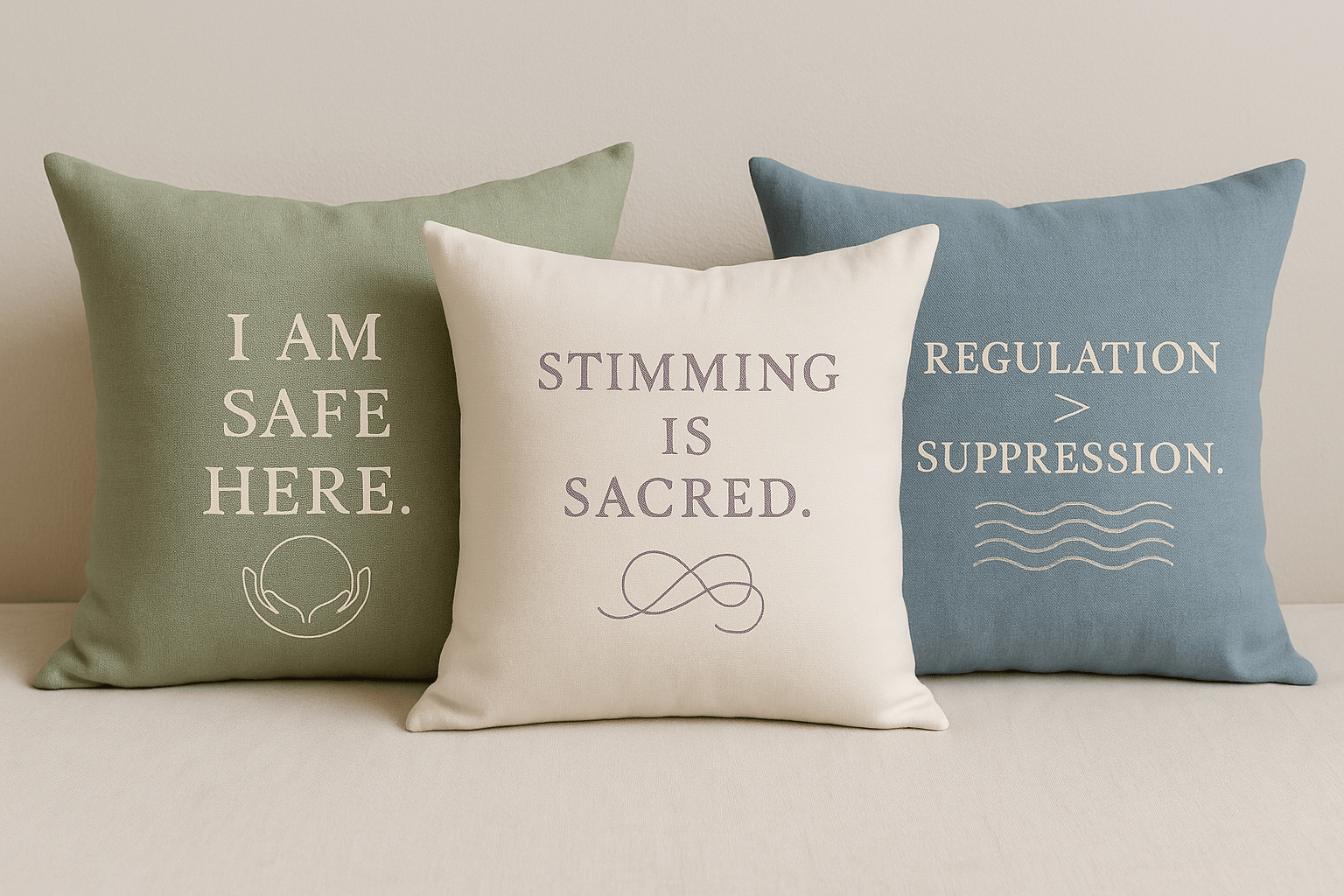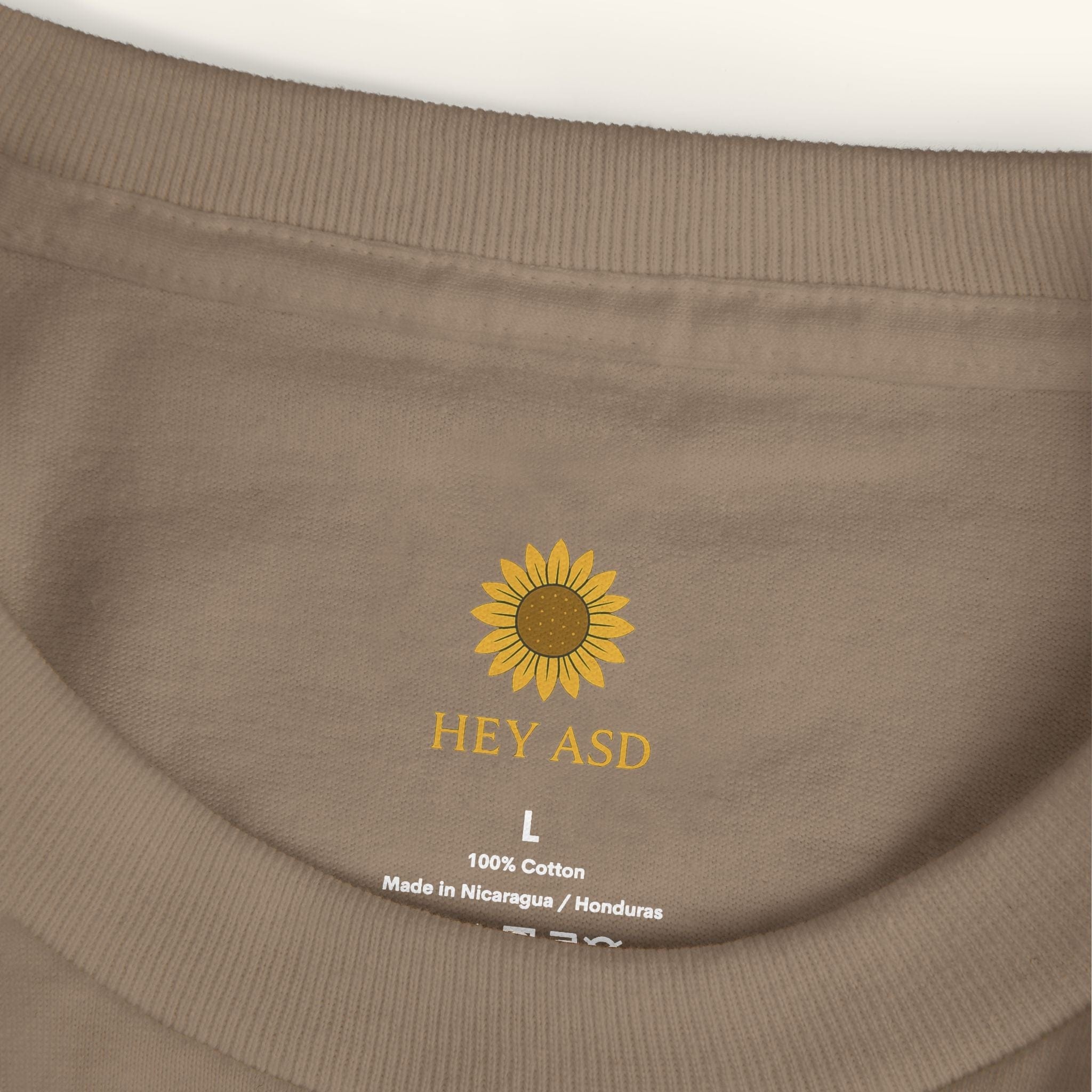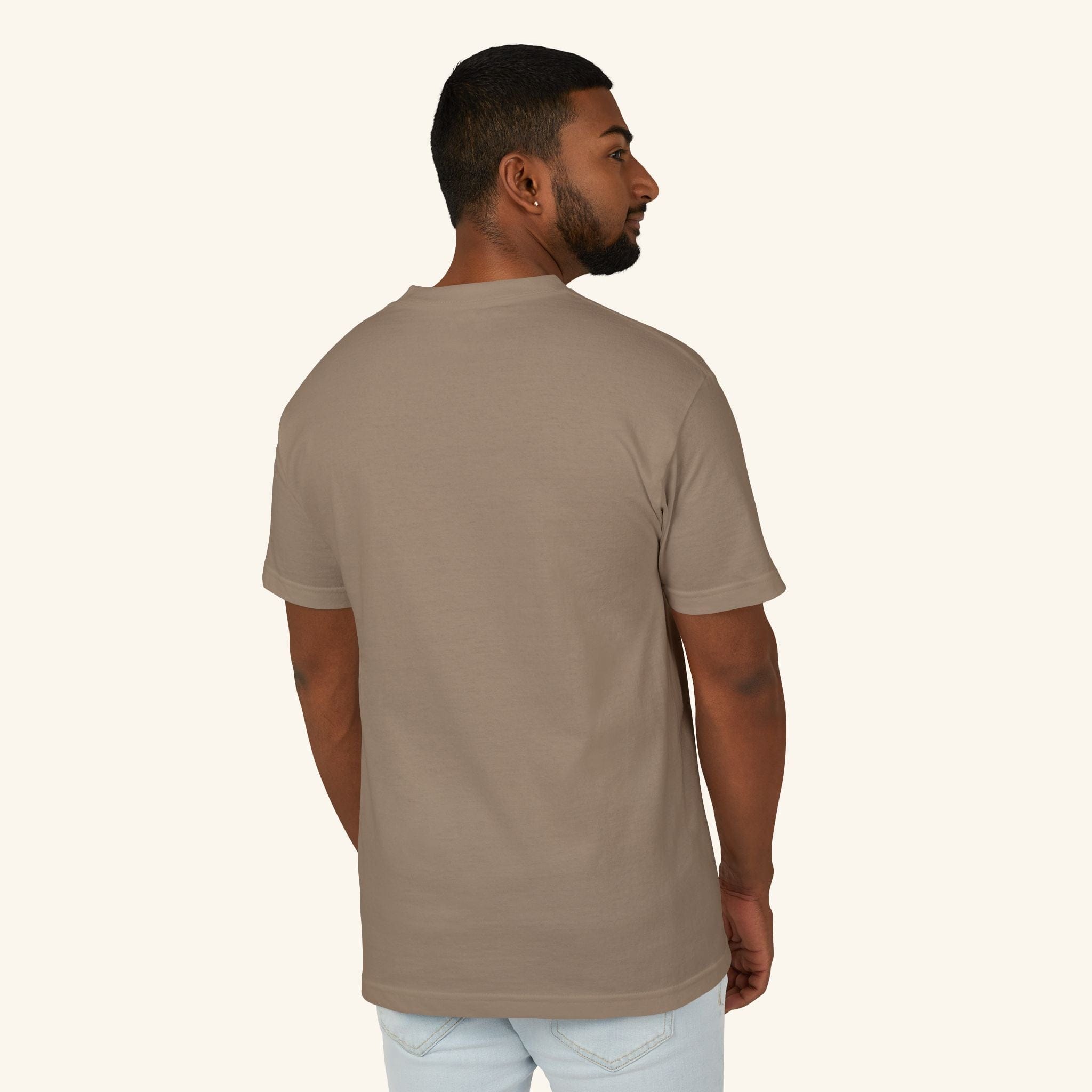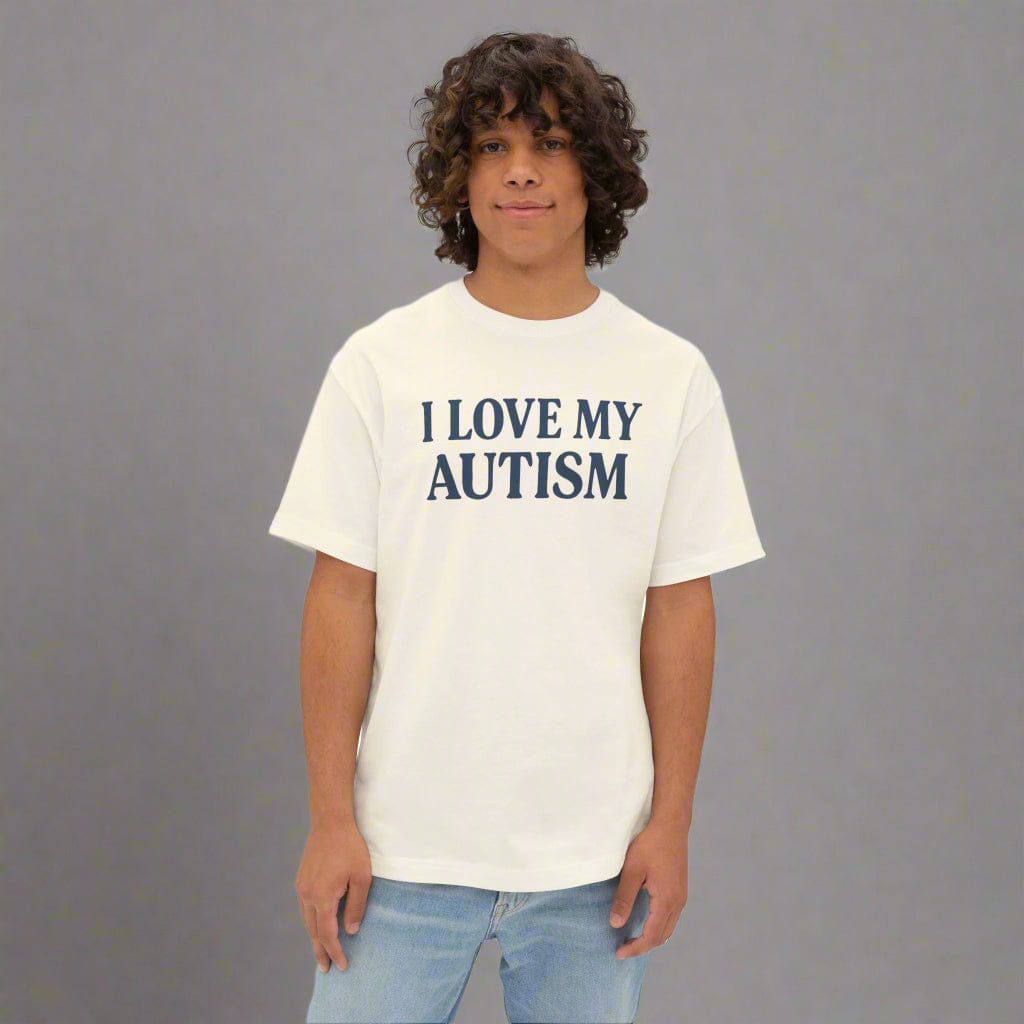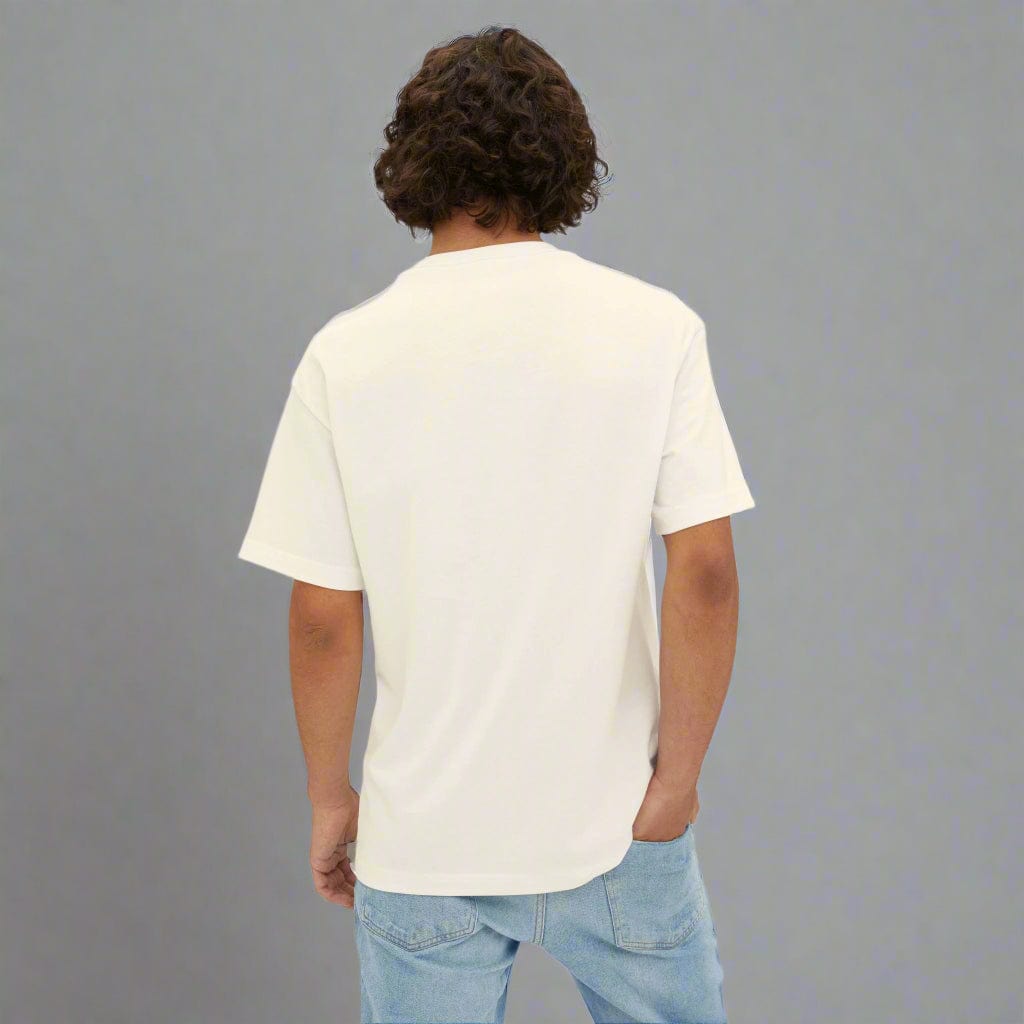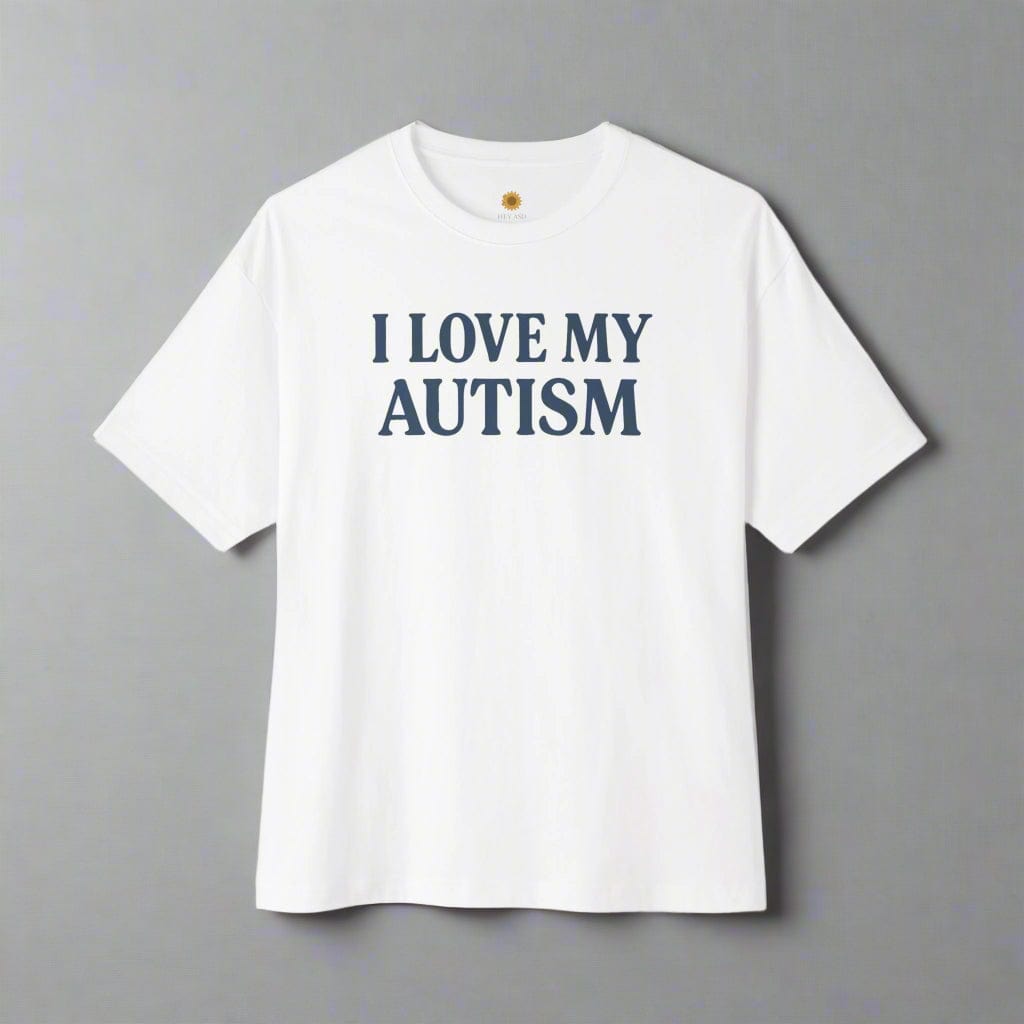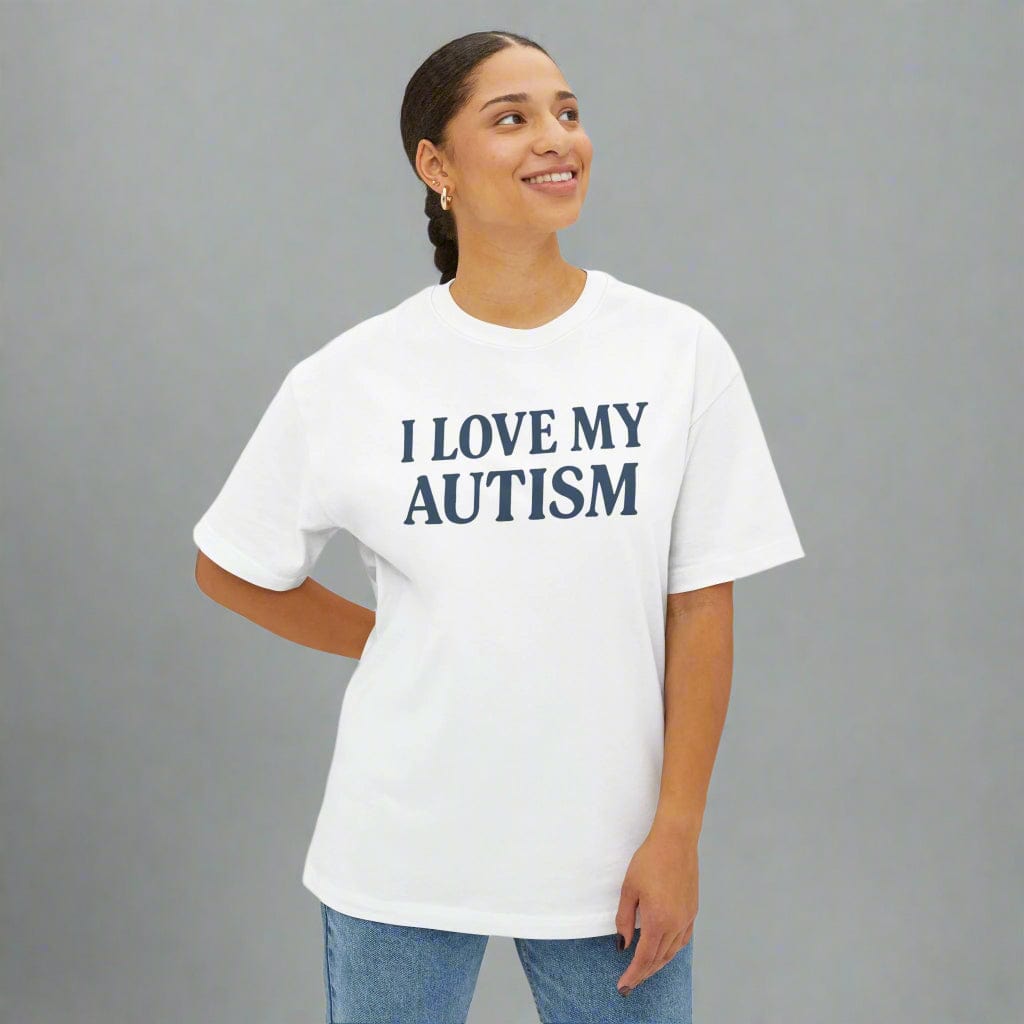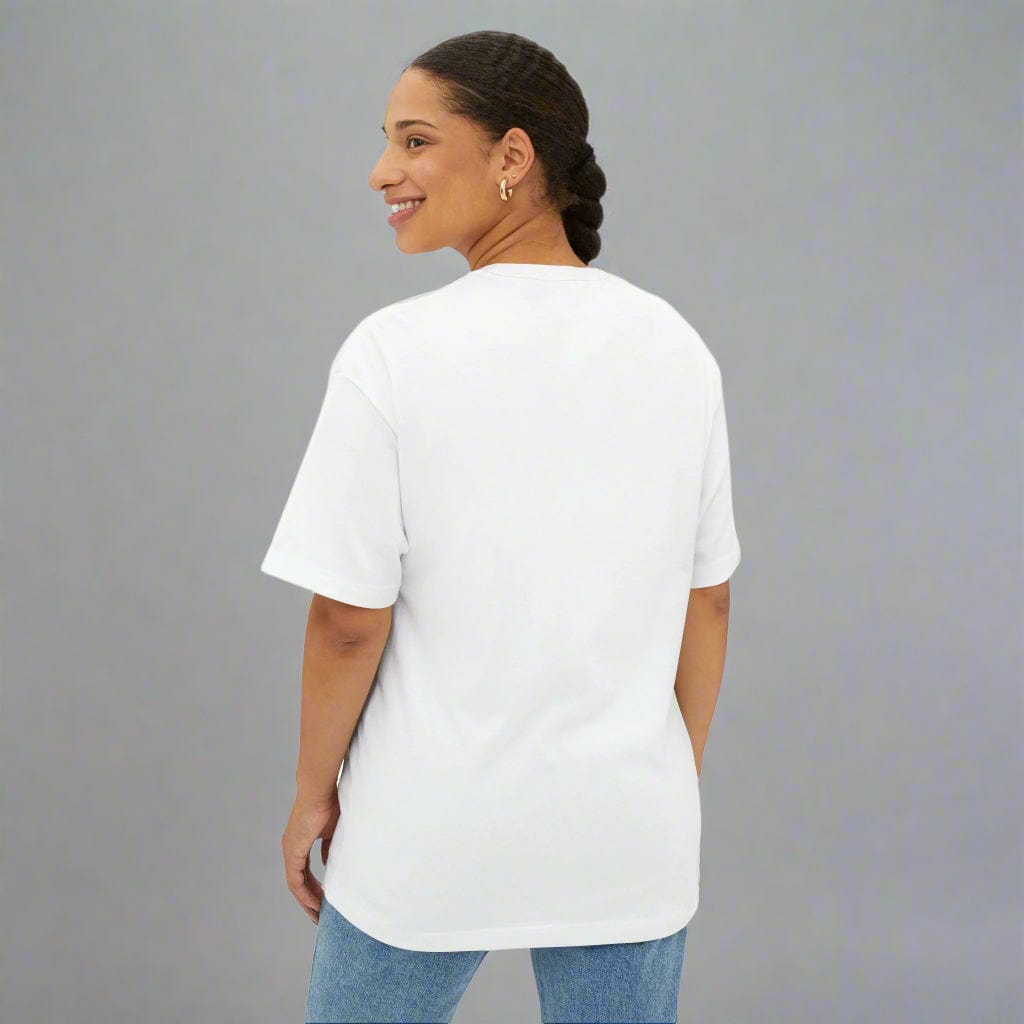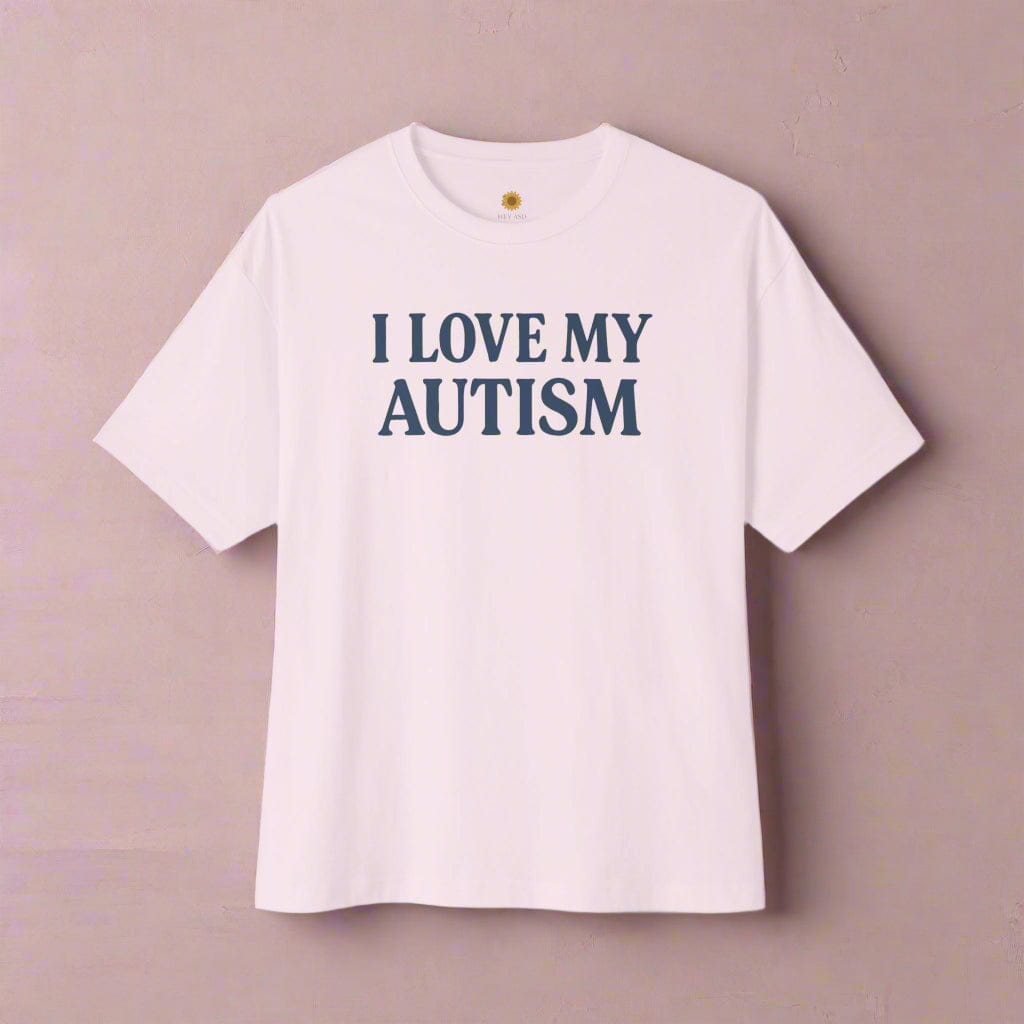Sensory Seeking in Autistic Adults: What It Is, Examples & Supports

Written by the HeyASD Editorial Team
Many autistic adults engage in sensory seeking—actively pursuing specific sensory input and sensory stimuli (pressure, movement, sound, texture, visual patterns) to regulate energy, reduce anxiety, or focus. If you searched for “sensory seeking autism adults,” “autistic sensory seeking,” “autism sensory seeking,” or “sensory seeker autism,” this guide speaks directly to you in plain, respectful language. We aim for a calm, sensory friendly environment online—clear layout, short sections, and practical ideas.
Language note: We speak with autistic adults, not at them. Sensory seeking is a valid way to navigate sensory processing differences—never a moral failing. Where we mention kids (e.g., “children with autism,” “autistic child,” or the phrase “sensory seeking autistic child”), it’s only to contrast guidance. This page centres adults.
Autism and Sensory Seeking: What It Is (and Isn’t)
Within autism spectrum disorder and “autism spectrum disorder ASD,” the diagnostic and statistical manual (DSM‑5) recognises hyperreactivity, hyporeactivity, and unusual interests in sensory information under Restricted and Repetitive Behaviours.
In daily life, that can look like craving deep pressure input, pacing during calls, looping a favourite bass track, or enjoying patterned visual stimuli. These differences are sometimes called sensory processing differences or sensory processing disorders in clinical/advocacy contexts, though language varies. Use what feels respectful and useful.
Sensory Seeking vs Sensory Avoiding in Adults
Most autistic adults do both sensory seeking and sensory avoiding—sometimes in the same hour. The goal isn’t to “fix” your body; it’s to manage sensory input so you can live, work, and connect on your terms.
How they differ
- Sensory seeking behaviors in adults: adding input that regulates you—weighted throw, compression layers, rhythmic walking or rocking, fidgeting with etched jewellery, “big” movement breaks, or seeking tactile stimulation with smooth or textured items.
- Sensory avoiding behaviors (adults): reducing input that overwhelms you—noise‑canceling headphones, dim lighting, sunglasses, choosing less crowded times, leaving spaces with overwhelming stimuli or loud noises.
Why you might do both
- Regulation: different tasks demand different arousal levels. You may seek pressure to focus, then avoid glare to reduce sensory overload.
- Context shifts: open‑plan offices, trains, supermarkets, and social events change the amount and type of sensory stimulation.
- Energy & health: sleep, hormones, and pain change how you process sensory information and process sensory input.
Some adults also live with attention deficit hyperactivity disorder (ADHD). Overlap can intensify sensory processing challenges, distractibility, and sensory distractions, making short “movement snacks” and predictable routines especially helpful.
Common Sensory Seeking Behavior in Adults (Examples)
These are examples (not prescriptions). Choose what fits your life and specific sensory preferences.
Tactile / Proprioceptive
- Compression tees, soft tag‑free fabrics, firm hugs (consensual), and deep pressure input (weighted lap pad you can remove quickly).
- Discreet fidgets or etched jewellery for steady sensory feedback and sensory exploration.
Vestibular / Movement
- Pacing on calls, rocking, stretching between tasks, resistance bands, light lifting—short “movement snacks” that help you develop strategies for focus.
Auditory
- Pink/brown noise for masking, bass‑heavy tracks for rhythm, or soundscapes that soften overwhelming sensory input.
Visual
- Watching rain or ripples, candlelight, ceiling fans, or repeating patterns; organising spaces to reduce clutter and sensory issues at a glance.
Smell/Taste & Interoception
- Citrus/mint scents, hot–cold drink contrast; noticing breath and heart rate to support body awareness and pacing in daily life.
For deeper examples of visual input and regulation, see our adult‑focused guide to visual stimming.
Why Autistic Sensory Seeking Happens
- Regulation: steady input can calm anxiety or lift low energy, preventing sensory overload before it builds.
- Focus: rhythmic movement and tactile anchors can filter sensory processing issues and support attention.
- Grounding: pressure increases body awareness and safety cues, especially during intense sensory experiences.
Addressing Sensory Seeking in Adult Life (Home, Work, Community)
These strategies respect individuals with autism and broader neurodivergence without pathologising difference. They also support social interactions by making comfort visible and normal.
Create a Sensory‑Friendly Environment
- Lighting: warm, steady light; avoid flicker/glare where possible; task lamps to reduce sensory overload.
- Sound: headphones for masking; soften echo; keep a low‑stim playlist to steady sensory processing abilities.
- Visuals: calm colour palette and tidy sightlines to limit overwhelming sensory experiences.
- Comfort: options for deep pressure input (weighted throw you can remove quickly), breathable compression, soft textures.
Explore practical tools and setups in our guide to sensory integration tools and equipment.
Build a Simple Sensory Plan (Across Multiple Sensory Modalities)
Think “little and often.” Keep a tiny kit: earplugs, discreet fidget, etched pendant, gum or lozenge, soothing scent. This helps you manage sensory challenges and manage sensory input across multiple sensory modalities wherever you are.
- Two‑minute reset: stand, stretch, roll shoulders, slow exhale (4–6 cycles) when sensory overload occurs.
- Pressure anchors: firm pillow on lap, weighted throw for 10–20 minutes, then reassess.
- Movement snacks: hallway walk, stairs, resistance band pulls.
- Focus anchors: brown noise + etched pendant; mint + dim lamp.
Love a tactile anchor? Our “Stimming Is Sacred” pillow is a firm, portable option many adults use during deep work or downtime. For more on self‑regulation, see our comprehensive guide to stimming.
Self‑Advocacy & Reasonable Adjustments
Ask for what helps you thrive: a quieter desk, steady lighting, short movement breaks, hybrid hours, or the ability to wear headphones. Keep requests practical: “I work best with steady lighting and reduced background noise; two short movement breaks help me focus.” Many workplaces recognise reasonable adjustments for autism spectrum disorder ASD and other disabilities. Our perspective on adult services and supports: autism treatment for adults.
Professional Support (Occupational Therapy & Evidence Notes)
An occupational therapist (OT) can map sensory triggers, test options, and build routines that fit your life. Some adults explore sensory integration therapy or targeted sensory integration techniques. The evidence base (especially in adults) is mixed. Aim for practical outcomes—better sleep, steadier focus, easier social interactions, less sensory discomfort. Our OT primer: occupational therapy for autistic adults.
Deep Dive: Sensory Processing—Key Terms (Adult‑Focused)
- Sensory processing differences: variations in how we process sensory input and sensory information across multiple sensory modalities.
- Sensory processing difficulties/sensory processing disorders: when differences significantly affect daily life, work, or relationships.
- Sensory modulation disorder, sensory discrimination disorder: terms you may see in clinical writing. Use what’s helpful; avoid labels that don’t serve you.
- Sensory activities: purposeful, safe inputs (movement, pressure, sound) that help regulate.
- Sensory tools: items that deliver input or reduce overwhelming stimuli (headphones, compression, fidgets, weighted throws).
Editorial note: Family guides often discuss a child's sensory preferences. Our focus is your individual's specific sensory preferences as an adult—what you like, what you avoid, and how that changes through the day.
Practical Sensory Activities for Adults (At Home & Work)
- “Two‑minute reset” when stress spikes: breathe, dim light, brown noise—helps addressing sensory seeking without judgement.
- Pressure options: firm pillow on lap; light compression layers. Swap anything painful for safer alternatives.
- Movement snacks: tiny, frequent breaks beat hour‑long workouts for regulation during work.
- Environment: declutter one visual field, close one tab, soften a lamp—small changes can dramatically reduce sensory overload.
FAQs: Sensory Seeking & Autism (Adults)
Is sensory seeking autism?
No. Sensory seeking appears in many people. In autism spectrum disorder, sensory reactivity differences (seeking, hyperreactivity, hyporeactivity) are common and recognised in the DSM‑5 (diagnostic and statistical manual).
What are typical sensory seeking behaviors in adults?
Pacing or rocking, compression layers, deep pressure input (weighted throw), fidgeting with etched jewellery, enjoying rhythmic bass or loops, watching soothing visual stimuli, and short movement breaks that fit daily life.
How do sensory seeking and sensory avoiding differ?
Seeking adds input that regulates you; avoiding reduces input that overwhelms you. Most adults do both, sometimes within minutes.
Does sensory seeking cause sensory overload?
It can if intensity/duration are too high. Adjust, pause when sensory overload occurs, and choose gentler inputs. The aim is balance, not perfection.
Are weighted blankets helpful for autistic adults?
Some adults report better sleep or calm; others feel no change. Research is mixed. Choose a removable option, prioritise comfort and safety, and discontinue if you notice heightened sensitivity or discomfort.
What role does occupational therapy play?
An occupational therapist can help identify patterns in your sensory processing, trial sensory integration approaches, and build routines that support work, relationships, and social interactions.
Can ADHD affect autistic sensory seeking?
Yes. Co‑occurring attention deficit hyperactivity disorder can intensify sensory challenges. Short, frequent resets and clear routines usually help.
What if certain sensory stimuli are painful or risky?
Swap the input. Replace joint‑straining pressure with a firm pillow; replace sharp scents with gentler ones. Prioritise consent and comfort with all sensory behaviors.
Related Reading
- Visual stimming (adult guide) — soothing sensory experiences and safe ideas.
- Stimming: complete guide for autistic adults — self‑regulation without shame.
- Occupational therapy for autistic adults — how an OT can help you develop strategies.
- Sensory integration tools and equipment — building a sensory friendly environment.
- Autism treatment for adults — supports that respect autonomy.
- Autism hats — low‑stim style ideas for everyday social interactions.
- Best side hustles for autistic adults — energy‑respectful income options.
Join Hundreds of Autistic Adults Feeling
More Comfort in Their Own Skin
Use code WELCOME10 for 10% off your first order.
Start Your Comfort JourneyTakeaway
Autistic sensory seeking is a wise, adaptive response to an intense world. Notice your individual's specific sensory preferences, keep a simple toolkit, and adjust your spaces to fit you. You deserve environments—and communities—that honour your sensory needs.
On This Page
Frequently asked questions
What are common signs of sensory seeking behavior in autistic adults?
How can I better understand sensory issues my autistic loved one experiences?
What strategies can help in managing sensory overload autism symptoms?
How does sensory seeking behavior affect social interactions for autistic adults?
Are there sensory-friendly items like calming blankets or comfortable clothing that can support sensory needs?
What role does self-advocacy play in obtaining sensory-friendly accommodations autism workplaces or schools?
How can occupational therapy support autism sensory processing support for adults?
What are some effective ways to create a sensory-friendly environment at home or work?
Can sensory tools or Autism-themed decor help reduce sensory seeking behavior and promote calm?

About the HeyASD Editorial Team
Autistic‑owned • Values‑led • Sensory‑friendly design
We are autistic creators, writers, and advocates dedicated to producing resources that are practical, sensory-aware, and grounded in lived experience. Our mission is to make information and products that support the autistic community accessible to everyone, without jargon or condescension. Learn more about our team.
This article is written from lived autistic experience and an evidence-aware perspective. It is for general informational purposes only and should not be taken as medical, legal or therapeutic advice.
Always consult a qualified clinician or occupational therapist for individual needs and circumstances.

About Our Autism Blog
HeyASD isn’t just a store, it’s a calm, supportive space created by and for autistic adults. Our blog shares sensory-friendly tips, identity-affirming stories, and heartfelt resources for navigating life as an autistic person. Whether you're late-diagnosed, exploring your needs, or supporting someone you love, you're welcome here.
Thank you for reading. We hope these resources bring comfort and clarity.













